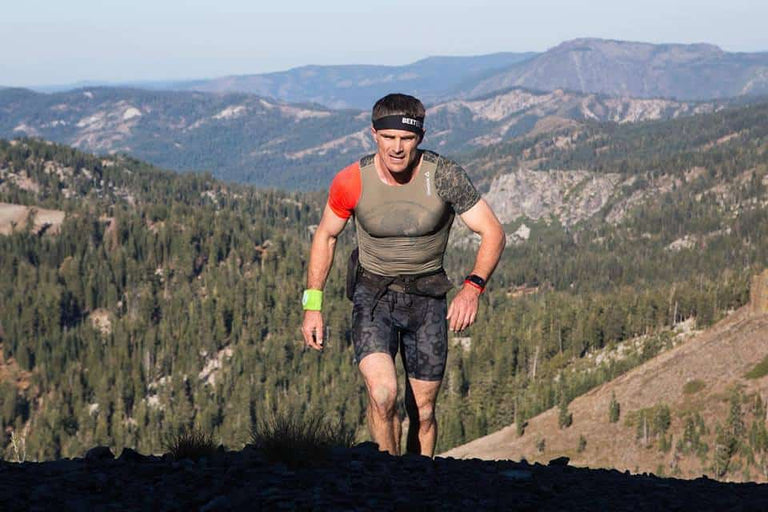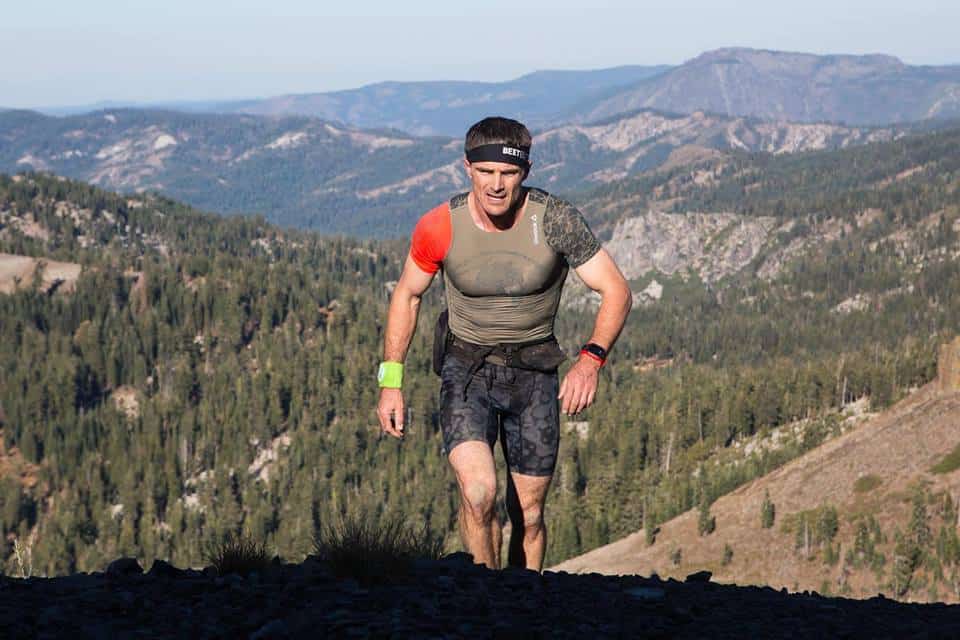Many sports encourage a lean physique, and it should come as no surprise that it’s beneficial to have a body built of greater amounts of lean muscle compared to performance-inert fat. You’ve probably also noticed that the elites of your sport typically appear significantly leaner than the average athlete, with muscles only thinly cloaked by skin. Knowing what these paragons are capable of, it’s easy to conflate their leanness with their performance.
There’s something missing in this conflation, though: a “lean physique” (and the performance you associate with it) isn’t created by losing body fat, it’s created by gaining muscle. And those elite athletes you admire with their sinewy muscles? They may be on the low end of the range of typical body fat percentages for their sport, but they also typically have more lean mass—and that has a lot more to do with their performance (and appearance) than body fat.
Why write about this? Because too many athletes choose the wrong priorities when it comes to improving their performance or appearance. Losing weight in order to become “leaner” doesn’t work nearly as well as gaining sport-specific strength and muscle, and trying to “get lean” without gaining muscle most often results in plateaus. The athletes cease to either gain muscle or lose fat, and never reach either their performance or aesthetic goals.
So how do you fight this desire to stay lean when it means you never actually gain lean mass? Simple. You change how you think of being “lean”.
First, Be Clear About Your Goals—And Focus On Them
The first step to changing how you think about leanness is to clarify your goals and focus in on them. Is it your goal to look like a pro biker, and hope that through some sort of osmosis you become a pro biker, or is your goal to perform as well as a pro biker? If your goal is performance, then what specific areas are you lacking in? Perhaps body fat percentage is one of them, but that’s all it can ever be—a single goal. And the rest of your goals may or may not play well with that one goal.
Most athletes know that you can’t simultaneously train multiple aspects of performance in a sport; you can’t increase strength, explosive power, and endurance at the same time. To solve this problem, many athletes cycle different training programs so they can improve greatly in one area instead of spinning their wheels trying to improve everywhere at once. They know that the gains made far outweigh the small losses, and that those small losses are easily recouped (and improved upon) in later training cycles.
If weight loss is one of your goals, then it should be incorporated into its own cycle the same as if it were any other performance goal. Doing this will not only make it easier for you to lose weight (because you can focus directly on the goal instead of worrying about dips in strength, power, or endurance), but also allow you to relax the rest of the time. As an added bonus, you’ll also stop treating body fat percentage as being somehow removed from the rest of your training goals—you can focus reaching milestones long-term, rather than constantly.
Second, Realize That Elite Athletes Aren’t Always as Lean as You Suspect
Even within sports, elite athletes come in a variety of shapes and sizes. Yes, they typically conform to a general standard (there aren’t many tall gymnasts or skinny sumos), but within that standard is a lot of room for variation.
When we read stories about how such-and-such is a top triathlete and only 6% body fat, it’s easy to assume that all top triathletes must be that skinny—and it’s the same for all sports. It doesn’t help that all these elite athletes typically look better than a normal athlete, because it’s fuel for our confirmation bias; surely they look good because they’re so lean! The reality is that many elite athletes are no leaner than their less-than-elite contemporaries, but due to other factors are significantly better at their sport.
Consider triathletes who have completed an Ironman in the allowed time, a level of performance well beyond most. Yes, some are ultra-thin, but the average male finisher has a body fat of almost 16% and the average female has a body fat of almost 25%. That’s a perfectly normal, healthy weight—if you’re a triathlete, chances are you’re somewhere in the realm of those figures, if not below!
Consider also World Cup finalists in rock climbing, a sport notorious for lean athletes (so much so that rules are being put in place to disqualify those with below-healthy BMIs). While there are certainly finalists with ridiculously low percentages, the averages are 6% for men and 16% for women, with some athletes as high as 10% and 21%. If you go to a climbing gym or crag, chances are you’ll see plenty of athletes with body fat percentages in that range, few of whom will be elite.
Third, Understand That Body Fat Is NOT the Most Important Factor in Performance
As previously mentioned, elite athletes are not built identically, and tons of research has gone into discovering the most important anthropological and physiological traits when it comes to success in a sport. What we have discovered is that—across most sports—body fat percentage only correlates mildly to moderately with overall performance. There are almost always more important factors.
If we look at rocks climbers again, body fat percentage is ranked as the least important of seven factors, a list which is led by strength endurance and relative strength. Another study found that rock climbing ability could only barely be predicted by body fat percentage—essentially there was a mild correlation, but don’t go out placing bets on the leanest climbers to win.
In gymnasts and triathletes, the story is similar: body fat percentage is related to overall performance, but not so strongly as to be able to predict an individual’s performance. In other words, when we look at a large group of athletes we can see a pattern of lower body fat percentages, but when we look at individual athletes the pattern doesn’t predict success; an individual athlete’s actual performance will vary considerably depending on other factors (such as overall strength, technique, flexibility, etc.).
Thus, we come back to the idea that body fat is just a single area to be trained, but one of lesser performance. If you were to compare yourself to an elite athlete in your sport, where would you two diverge the most? Your belly or your muscles? Your thinness or your technique? Where’s the best place to improve, and are you stanching your progress by trying to stay lean?
It’s Better to Have More Lean Muscle than to Have Less Fat
It’s easy to get sucked into a perpetual cycle of weight maintenance—never gaining any muscle or fat, and never losing any either—but unless you’re already an elite athlete, chances are you’re holding back your progress. Elite athletes may be leaner than average, but it’s not just because of their low body fat, it’s also because of their greater than average lean mass. Regardless, it’s not their “leanness” that makes them elite athletes, and achieving a low body fat percentage would no more make you an elite athlete than putting stripes on a horse would make it a zebra.
Break the cycle. Step out of the “gotta stay lean” mindset. Differentiate your goals and focus on them one at a time. Don’t fall into the trap of believing that elite athletes perform (or look) better solely because of their body fat—their performance and physique is a result of hard training and increased amounts of sport-specific muscles. If you want the same performance, or the same lean look, you have to gain the muscle, too.
Most of all, remember that all goals are obtained through time, diligence, and specificity. If your goal is just broadly “to be lean”, you’re going to have a hard time making progress, measuring the results, and feeling satisfied. On the other hand, if your goal is to gain 5 lbs of muscle and lose 3 lbs of fat, you’ll be far more successful—and maybe you’ll even get nearer to greatness in your sport!



